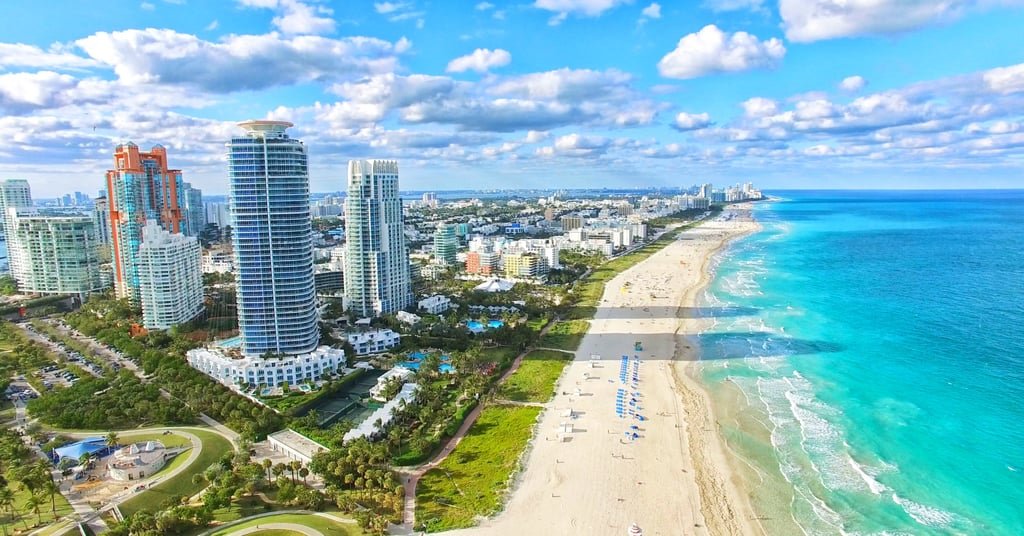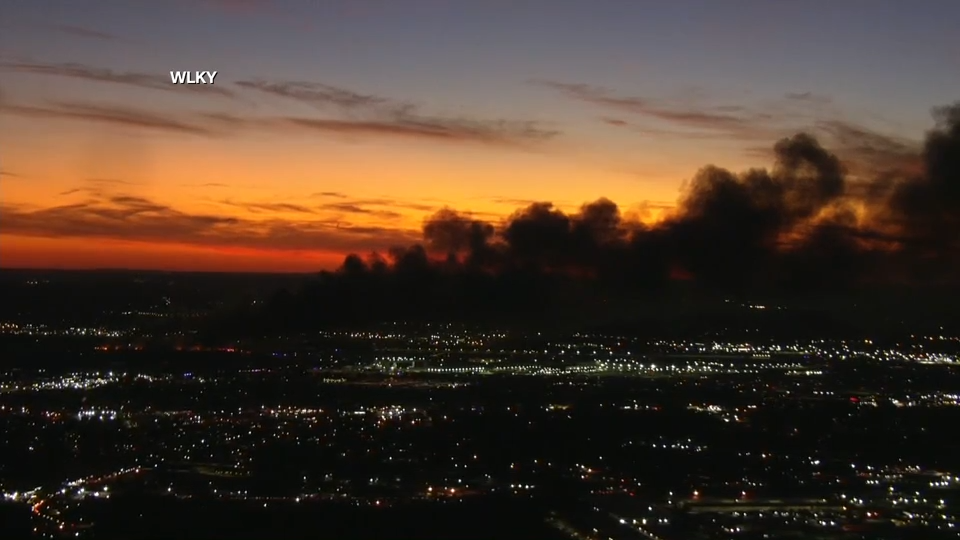As Delhi continues to grapple with ‘poor’ Air Quality Index (AQI), China on Wednesday offered to help India battle its severe air pollution crisis, especially in the national capital and its surrounding areas.

The Chinese Embassy in India posted on X (formerly twitter) that China is willing to share its experience in controlling pollution, having successfully reduced smog levels in cities like Beijing and Shanghai.
Chinese Embassy spokesperson Yu Jing on X stated, “China once struggled with severe smog, too. We stand ready to share our journey toward blue ones — and believe India will get there soon.”
What did China do to combat air pollution?
The country had faced similar problems regarding air pollution in the past, where it had taken up aggressive measures to combat rising pollution levels including shifting of industries, restricting vehicular emissions, and expanding clean energy use.
After the Chinese government declared a war against pollution in 2013, Beijing pressed ahead with a multiyear, USD 100 billion effort to clean its air. The authorities clamped down on factories, forced old vehicles off the road and shifted from coal to natural gas. While more still needs to be done, Beijing officials say the city now has over 100 more days of clear skies each year than when the campaign began, according to The New York Times.
The government also introduced aggressive afforestation and reforestation programs, such as the Great Green Wall, and planted more than 35 billion trees across 12 provinces. With investments in such programmes, China’s forestry expenditure per hectare exceeded that of the US and Europe and became three times higher than the global average, as per Earth.org.
Delhi AQI remains in ‘poor’ category
A week after cloud seeding trials, the air quality in Delhi saw marginal improvement on Wednesday with the overall AQI recorded at 228 at 9 am and 202 at 4 pm. However, it still remained under the ‘poor’ category, according to data from the central pollution control board (CPCB).
On Tuesday, the capital had recorded an an AQI of 291 at 4 pm.
According to CPCB data, Anand Vihar recorded an AQI of 279, while Lodhi Road, as per the India meteorological department (IMD), reported 213. The Air Quality Index at ITO stood at 274, remaining in the poor category. Other prominent areas, including RK Puram (223), Jahangirpuri (235), Chandni Chowk (228), and Sirifort (263), also continued to experience poor air quality.
According to Central Pollution Control Board (CPCB), and AQI score between 0-50 is considered ‘Good’ and has minimal impact, 51-100 is ‘satisfactory’ and causes minor breathing discomfort to sensitive people.
An AQI between 100-200 is ‘moderate’ and causes breathing discomfort to people with diseases in their lungs, asthma or heart diseases, 201-300 is ‘poor’ and causes breathing discomfort to most people on prolonged exposure, 301-400 is ‘very poor’ and causes respiratory illness on prolonged exposure, and 401-500 is ‘severe’ which affects healthy people and impacts those with existing diseases.







